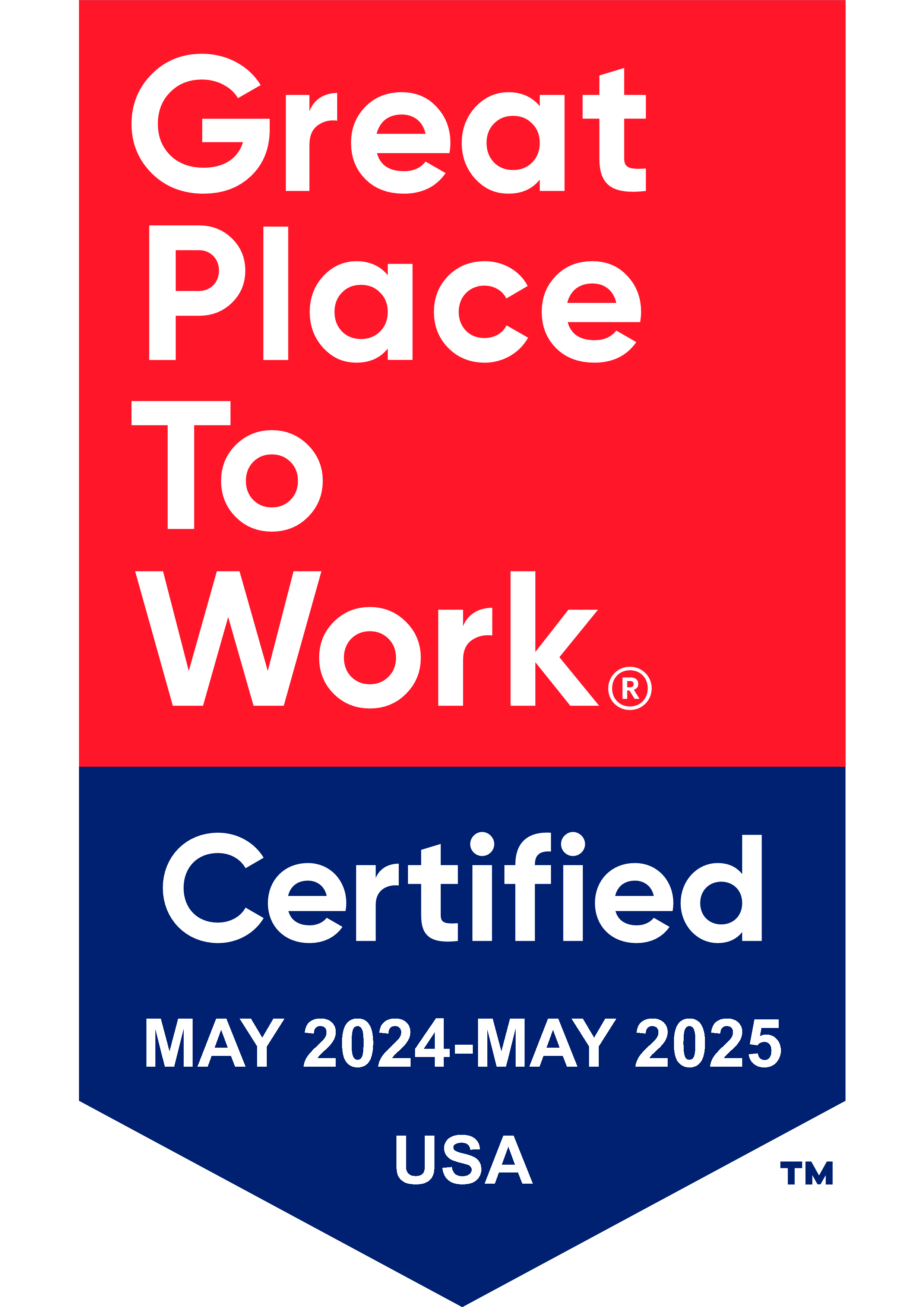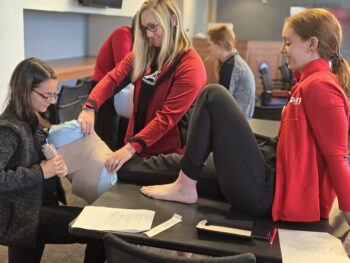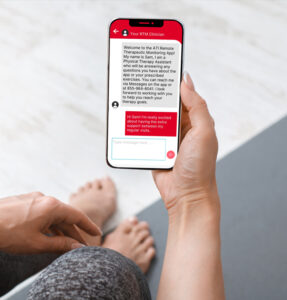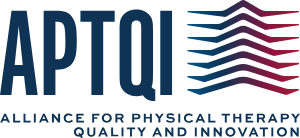 Physical Therapy
Physical Therapy
Embracing Total Wellness to Prevent Burnout
Do you feel disengaged at work? Are you exhausted and uninterested in your job? For some, it is a fleeting feeling after a long weekend. For others, it may be symptoms of something much larger. Occupational burnout can happen to anyone, but in healthcare, specifically in physical therapy, 45 to 71% of clinicians report feelings of burnout depending on their area of focus. But there is help – by identifying the signs and symptoms, clinicians and organizations can help prevent and recover from occupational burnout.
Identifying the Signs and Symptoms of Burnout
One of the first steps in burnout prevention is identifying the signs and symptoms. Burnout does not happen overnight. Instead, it is a gradual process, and its signs and symptoms can impact your behavior, mood, focus, and physical feelings.
You may be experiencing occupational burnout if you experience one or many of the following symptoms:
-Difficulty concentrating
-Struggle to maintain focus or complete tasks
-Feel overly critical or cynical about your work
-Lack energy
-Feel short-tempered or impatient with colleagues or patients
-Notice changes in your eating or sleeping habits
While this is merely a shortlist of signs, early recognition can help those experiencing burnout cope and recover from their symptoms as well as prevent it in the future.
Preventing and Recovering from Burnout
Preventing and recovering from burnout is personal to the individual and an opportunity for organizations. For individuals, preventing and recovering from burnout can take many forms. From developing professional relationships at work where you feel supported to prioritizing your physical and mental health through sleep, diet, exercise, and stress management, being proactive and intentional about creating work-life balance will help you cope, recover, and potentially prevent burnout.
For organizations, the opportunity lies in its mission, culture, and available resources. At ATI, our leaders actively listen to team members to learn how they can provide them with the support they need to do their jobs well. Further, ATI is taking another step forward to prevent clinician burnout by rolling out its wellness initiative – focusing on all aspects of health, including physical, mental, emotional, social, and financial.
“Our clinicians do so much for our patients, and they see every day the importance of embracing holistic health,” Vice President of Total Rewards and HR Technology Kelly Erhart said at a recent Town Hall while discussing the initiative. “So, just like our clinicians do for our patients, we want our team members to know we are here to support them.”
In an industry where clinicians report high instances of burnout, it is one way ATI is doing its part to support clinicians so that they can continue to offer their best to patients and drive the physical therapy industry forward.











